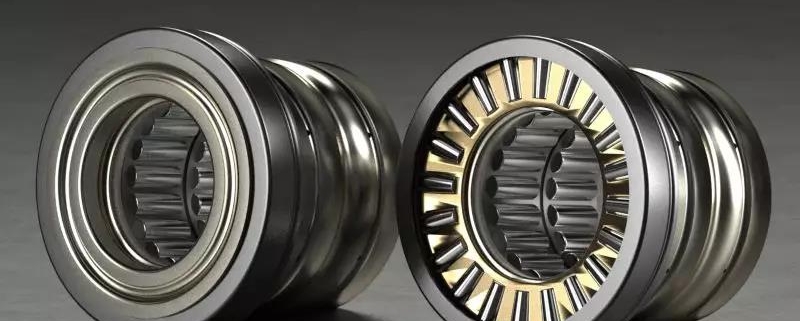Bearing selection method
The market requirements for various mechanical devices and instruments using rolling bearings have become increasingly stringent, and the conditions and performance required for bearings have become increasingly diversified. In order to select the most suitable bearing from a large number of structures and sizes, it is necessary to study from various angles.
When selecting a bearing, generally, the bearing structure is roughly determined by considering the ease of arrangement, installation, and disassembly of the bearing as a shaft system, the allowable space and size of the bearing, and the marketability of the bearing. Secondly, while comparing and studying the design life of various machinery using the bearing and the various endurance limits of the bearing, the bearing size is determined. When selecting a bearing, it is often biased to consider only the fatigue life of the bearing. The grease life, wear and noise caused by the aging of the grease also need to be fully studied. Furthermore, according to different applications, it is necessary to select specially designed bearings for accuracy, clearance, cage structure, grease, etc. requirements.
However, there is no certain order and rules for selecting bearings. The priority should be the conditions, performance, and the most relevant matters required for the bearing, which is especially practical.



